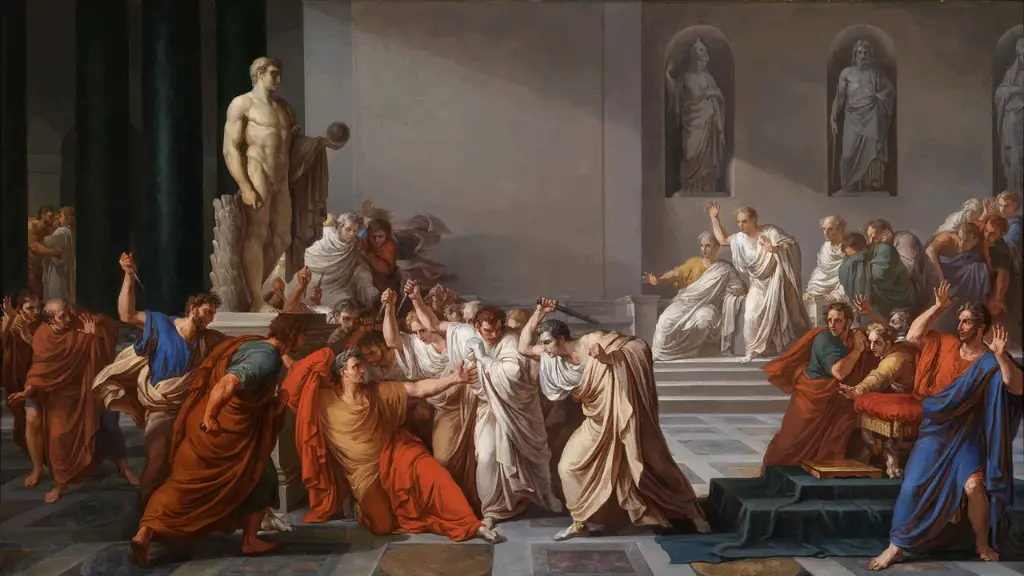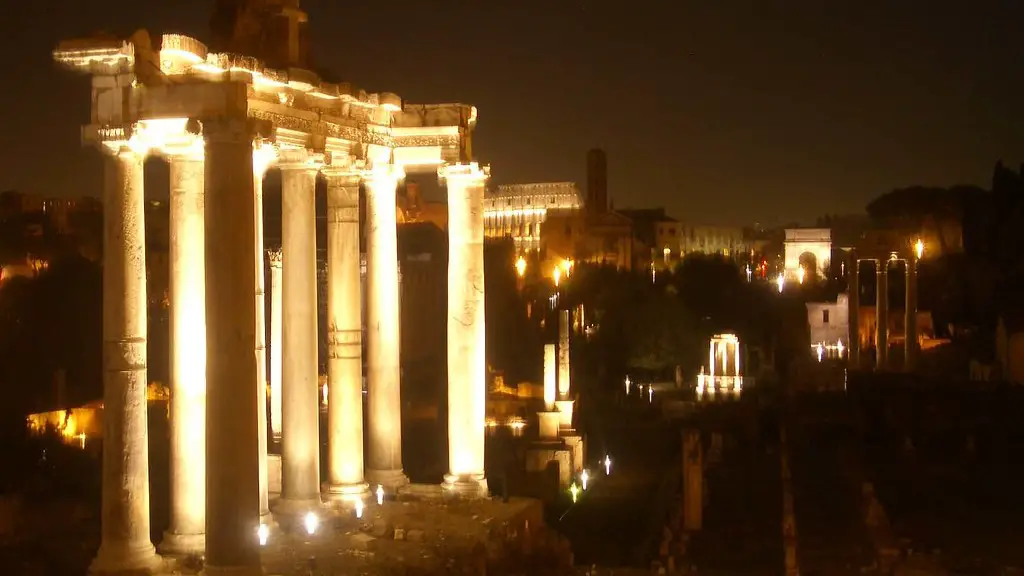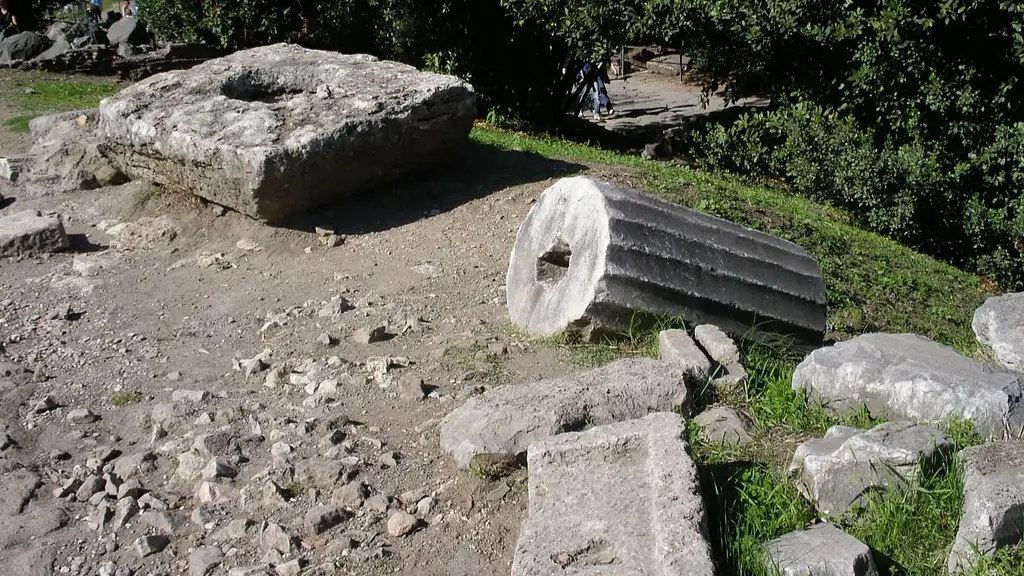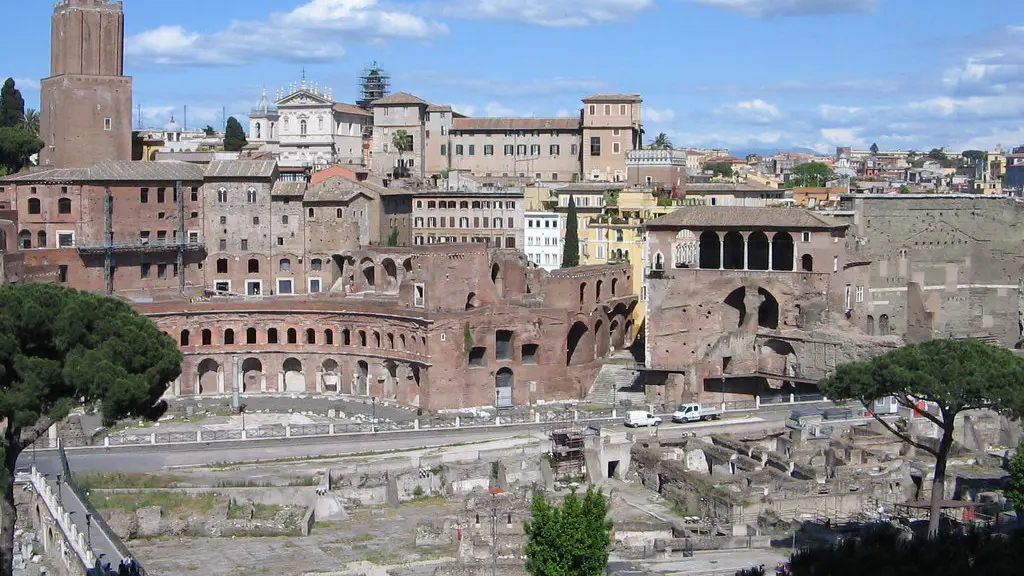The ancient Romans had a rich literary tradition that spanned a number of centuries. While there is no definitive answer as to when the first book was written in Rome, there is evidence that the Romans were producing literary texts from as early as the 3rd century BCE. The Roman book trade was highly developed, with a number of different types of books being produced, including histories, plays, poems, and philosophical treatises. While many of these texts were produced by professional writers, there was also a strong tradition of amateur writing, with many well-educated Romans producing works of literature for private circulation.
There is no definitive answer, as we do not have a complete record of everything that was produced in ancient Rome. However, there is evidence that some form of books existed, as there are references to them in ancient texts. It is possible that these were more like scrolls or tablets, rather than the bound volumes we think of as books today.
Did the Roman Empire have books?
Roman books were typically written in Latin, although some were also written in Greek. Roman libraries had separate collections of Greek and Latin books; but except for the substitution of the Latin language for Greek, a Roman papyrus roll closely resembled a Greek one in content, and there was much imitation. The Romans developed a book trade on a fairly large scale.
The first books published in Rome were long rolls of papyrus consisting of about 20 sheets glued together. These volumen were difficult to read and easy to damage.
What did Romans use for books
The Romans used a variety of tools for writing. Everyday writing could be done on wax tablets or thin leaves of wood. Documents, like legal contracts, were usually written in pen and ink on papyrus. Books were also written in pen and ink on papyrus or sometimes on parchment.
The fourth century AD saw the rise of Christianity and the codex. The codex completely replaced the scroll, just as, in time, parchment replaced papyrus. This was a monumental development in the history of the book.
Could the Romans read and write?
The ancient Roman world was mostly illiterate, with only the wealthy elites being able to read and write. This was because their families had enough money to pay for their education.
The poor in Ancient Rome did not receive a formal education, but many still learned to read and write. Children from rich families were well schooled and were taught by a private tutor at home or went to what we would recognise as schools. In general, schools as we would recognise them, were for boys only.
Did Romans read silently?
Saenger’s argument is based on the observation that ancient manuscripts did not have any spaces between words. This means that people would have had to read them out loud in order to understand them, since it would have been impossible to read them silently. This argument has been criticized by some scholars, who argue that there is no evidence that people actually did read out loud in antiquity. However, there is some evidence that at least some people did read out loud, so it is possible that Saenger is correct.
The ancient world’s preference for scrolls over paged books was largely due to the fact that scrolls were much more familiar and comfortable to use. The growing Christian congregation, however, was much more enthusiastic about paged books because they allowed for a much wider range of information to be presented. Paged books also had the advantage of being much easier to store and transport.
How did Romans read books
The books that the ancient Greeks and Romans read were not the same as the books that we read today. Instead of being bound between two covers, they were long strips of papyrus that were rolled up on two wooden rods. To read one of these book rolls, you would unroll it from the left-hand rod onto the right, leaving a “page” stretched between the two. This method of reading was common until the second century, when bound books started to become more popular.
The ancient Greco-Roman world had a thriving book trade from the 3rd century BCE to around the 3rd century CE. The literacy rate certainly wasn’t at modern first world levels, but scribes were cheap, papyrus was recycled, and books were produced on such a scale that they were reasonably affordable.
One of the biggest factors driving the book trade was the rise of the Roman Empire. As the empire expanded, so too did the demand for books. Libraries were built in cities across the empire and people were eager to get their hands on the latest works of philosophy, literature, and history.
The book trade continued to thrive even after the decline of the Roman Empire. Thanks to the spread of Christianity, there was a growing demand for religious texts. And finally, the rise of Islam in the 7th century brought a whole new set of customers to the book trade.
What is the Roman book called?
A codex (plural codices /ˈkoʊdɪsiːz/) was the historical ancestor of the modern book. Instead of being composed of sheets of paper, it used sheets of vellum, papyrus, or other materials.
In 186 BC, the consul of Rome, in an effort to suppress the Bacchanalian practices, claimed that the fathers and grandfathers of the Romans had suppressed foreign rites and ceremonies. He also said that they had sought out and burned all books of pretended prophecies.
What is the oldest book ever
The Diamond Sutra is a Buddhist religious text that dates back to the year 868 AD. It was found hidden in 1907 by Sir Aurel Stein, a Hungary-born British archaeologist and explorer. The text remained hidden for nearly 1,000 years before it was discovered.
The Epic of Gilgamesh is an ancient story that has been passed down through the centuries. The most complete version of the story was written by the Babylonians in the 12th century BC, but the story originated as a series of Sumerian poems and tales dating back to 2100 BC. The story tells the tale of Gilgamesh, a mighty king who embark on a quest to find the secret of immortality. Along the way, Gilgamesh faces many challenges and meets a number of interesting characters, including the wise Utnapishtim, who holds the secret to Gilgamesh’s quest.
Did any Roman scrolls survive?
The Herculaneum Papyri are the only extensive library of texts to survive from the classical world. Because the scrolls are extremely fragile, they were left untouched for centuries. However, recent advances in technology have allowed researchers to successfully unroll and read the scrolls, providing insight into the lost world of classical antiquity.
Formal schools were established during the empire, which served paying students. Very little free public education existed. Both boys and girls were educated, though not necessarily together.
Final Words
There is no definite answer to this question. While there is evidence that suggests that books existed in ancient Rome, there is no conclusive proof that they were widely used or available.
There is no direct evidence that books existed in ancient Rome, although there is indirect evidence that suggest that books may have existed. For example, the presence of writing implements, such as styli and wax tablets, indicate that written communication was important in Roman society. In addition, many Roman houses have been found with small rooms that have been interpreted as libraries. Although the evidence is not conclusive, it is possible that books existed in ancient Rome.





